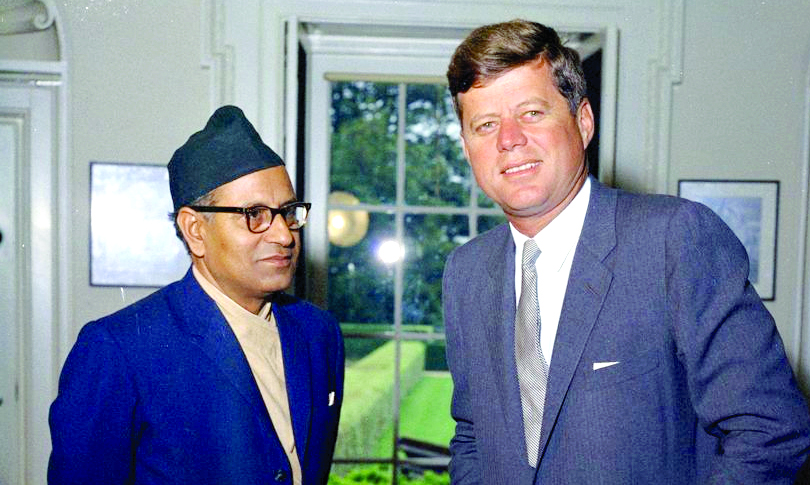Upon an ‘urgent request’ from Nepal, the Indian Army entered Nepal on 10 March 1952, ostensibly to train and restructure Nepal’s army. Nepal made an official statement saying that it was grateful to the Indian government for sending the officers. But it was branded “foreign interference” by Nepali Congress leaders outside the government as well as by other political forces. The entry of Indian forces into Nepal took place against the backdrop of K.I. Singh’s rebellion (about which I have written in previous issues). The Rana family and their courtiers wielded enormous power and influence in the army and the upper echelons of the state apparatus. Unhappy with the regime change, many Rana major generals, who had lost their perks and prestige, had resigned voluntarily.
With the ouster of Mohan Shumsher, Matrika Prasad Koirala had become prime minister on 19 November 1951, and the new government was comprised of Nepali Congress leaders and palace loyalists. The Ranas and those under their patronage wanted to destabilize democracy, and the government was scared of them. It was put under the impression that a reactionary plot was a distinct possibility, and it sought an Indian military mission within three months of its formation.
That was the time the communists had come to power in China—something that did not go down well with India and the democratic West. The Congress government in Nepal was made to believe that K.I. Singh could return from China and bring communism along. Afraid of a potential revolt, the government readily accepted the Indian military mission.
King Tribhuvan also agreed to it. Having won back his crown with Indian help, Tribhuvan felt obligated to return the favor. Many believe he accepted the Indian mission to repay India for its support. At the time, Tribhuvan was virtually all-powerful, and the government could not have taken key decisions without his consent. The palace posed no obstacle to the entry of the Indian military mission and the establishment of Indian check-posts on Nepal’s border with China.
Amid fears of K.I. Singh and China as well as a counter-revolution from the Ranas, the Matrika Prasad Koirala government felt the acute need for training and restructuring the Nepali army. The government’s formal decision states, “Our freedom is sacred to us. Safeguarding our newly won democracy from internal and external threats requires a well-trained and modern army. To meet this objective, we welcome our neighboring country India’s assistance.” (Nepal Gazette, 14 April 1952).
About a month prior to the publication of that statement, Indian army officials had visited Nepal to discuss the matter with their Nepali counterparts. Nepal Gazette states that the Indian military mission came here with the consent of the head of the Nepal army. It further says, “The Nepal government decided to invite a team of 20 Indian army officers and their staff. The Indian government has kindly accepted Nepal’s request to pay their salary.” The Indian contingent would later expand.
Some argue that the Indian army personnel were in Nepal to help with the building of the Tribhuvan International Airport and the Tribhuvan Highway. But the Indian army officers appeared more eager to become Nepal’s de facto rulers than to train the Nepali army. They started concocting various agendas to call Nepal’s prime minister, ministers and high-level officials for meetings.
Many did not like the attendance of PM Matrika Prasad Koirala in the meetings they summoned. But such attendances gradually became regular. It wasn’t that the arrival of the Indian Army attracted no public criticism. In fact, there was widespread criticism of “foreign interference” from even within the ruling Congress. The entry of the Indian military mission was also seen as a plan to gain command of Nepal’s foreign and defense policies.
The next column in the ‘Vault of history’ series will discuss the duration and the political implications of the Indian military mission in Nepal











